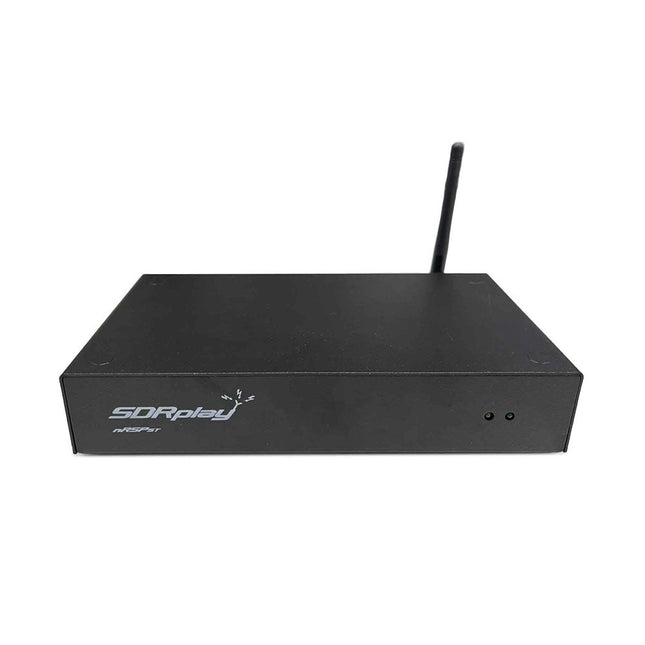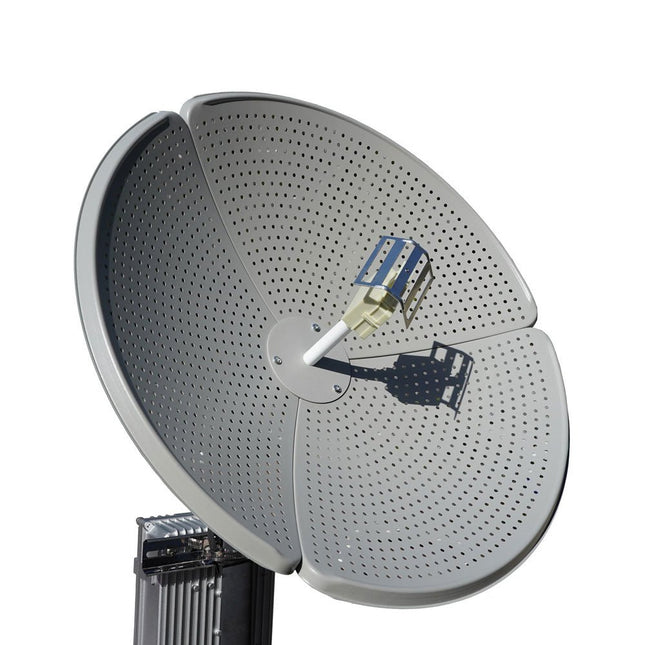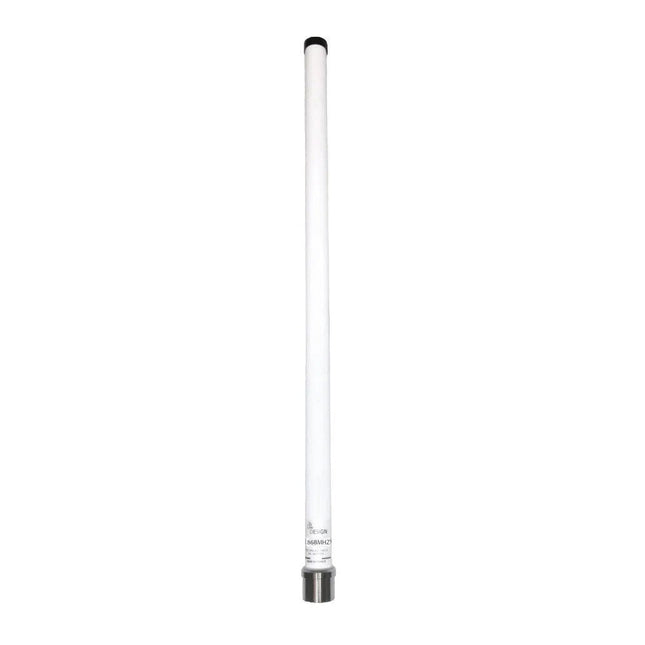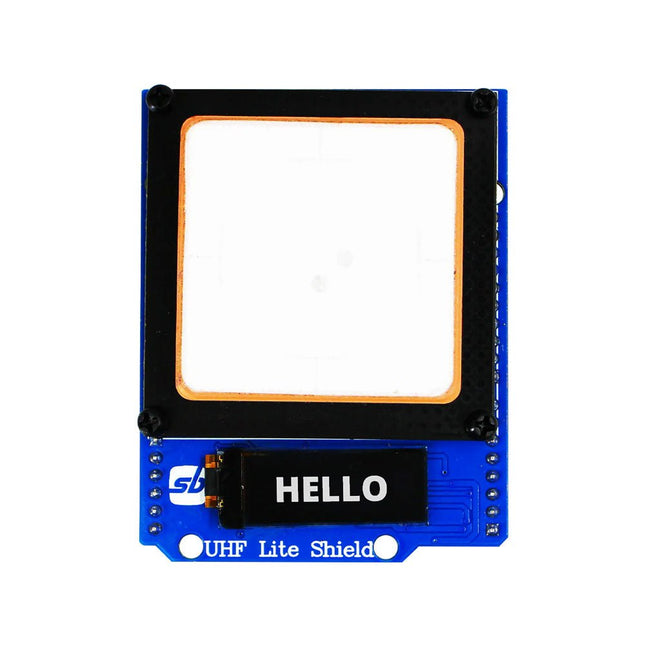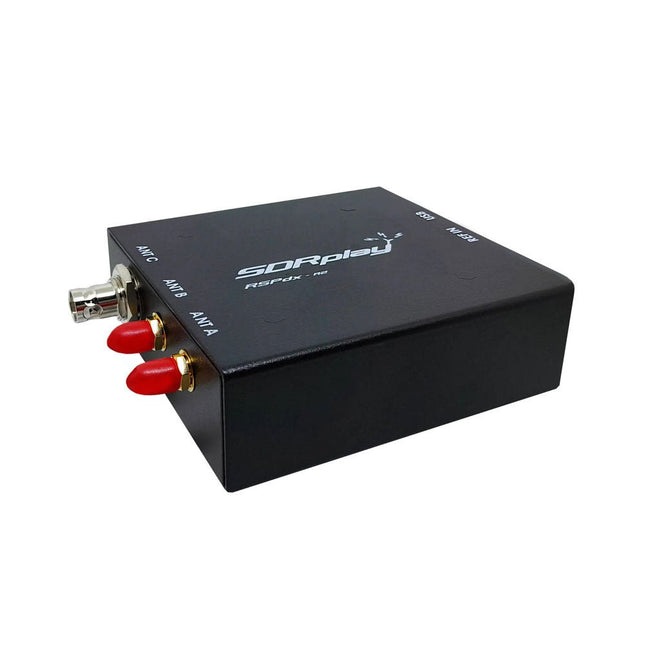What is RF? What is RF used for?
Electromagnetic fields, radio waves, microwaves, and wireless signals are called radio frequency (RF) energy. RF currents are electrical currents that oscillate at radio frequencies and have unique characteristics. RF energy is all around us, and RF is used in a variety of electronics and devices, including radio and television broadcasting, cellular telephones, satellite communications, microwave ovens, radars, and industrial heaters and sealers. These are just a few examples.
What is software-defined radio (SDR), and what can you do with SDR?
In general, an electrical signal is generated by hardware components. It is quite complicated to process signals with hardware and has limitations to troubleshoot. With software-defined radio (SDR), RF communication takes place using software, which simplifies the limitations of signal processing with hardware. Instead of having to use mixers, filters, amplifiers, modulators, demodulators, and so on, SDR uses just an ADC and DAC, along with antennas, without the need for many hardware components.
The software for SDR can be used on a personal computer or an embedded system, providing a more flexible application and making it easy to troubleshoot problems. SDR is used in broadcast and amateur radio, radio astronomy, aircraft tracking and GSM network building, and many more applications. It's a good choice for many fun projects.
RTL-SDR is an affordable USB radio used to receive live radio broadcasts from a computer. Due to its popularity, users benefit from a wider variety of radio signals that just a few years ago would have cost hundreds or thousands of euros.
What does Elektor have to offer?
Elektor offers a variety of RF and SDR-related kits, such as the Elektor Raspberry Pi RTL -SDR Kit, which allows you to receive radio signals between 500 kHz and 1.75 GHz from stations using different bands, including MW/SW/LW broadcast, ISM, CB, ham radio, utility, and more. In addition, Elektor supplies its customers with telescopic antennas and magnetically mountable antennas, and much more. Browse our list to find a suitable solution for you.
What does the future hold for SDR?
The popularity of SDR solutions has been increasing since the widespread availability of 4G equipment. The prospects of upcoming technologies such as 5G, the Internet of Things (IoT), and sensor networks promise to further boost SDR . SDRs are built with more powerful FPGAs, and these applications are intended for increasingly complex tasks. As a result, FPGA tools that can manage growing amounts of data and complexity will inevitably gain popularity.
